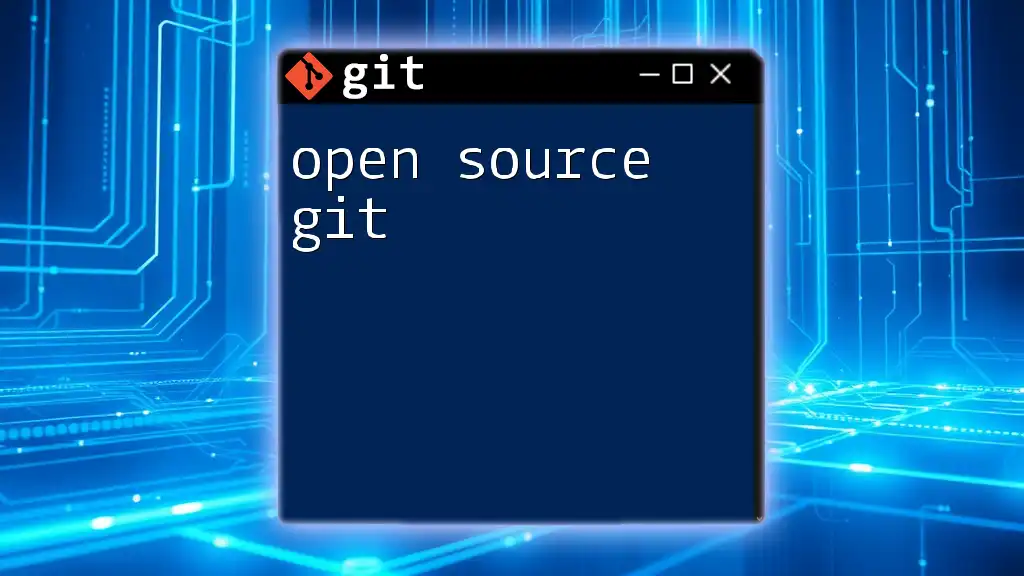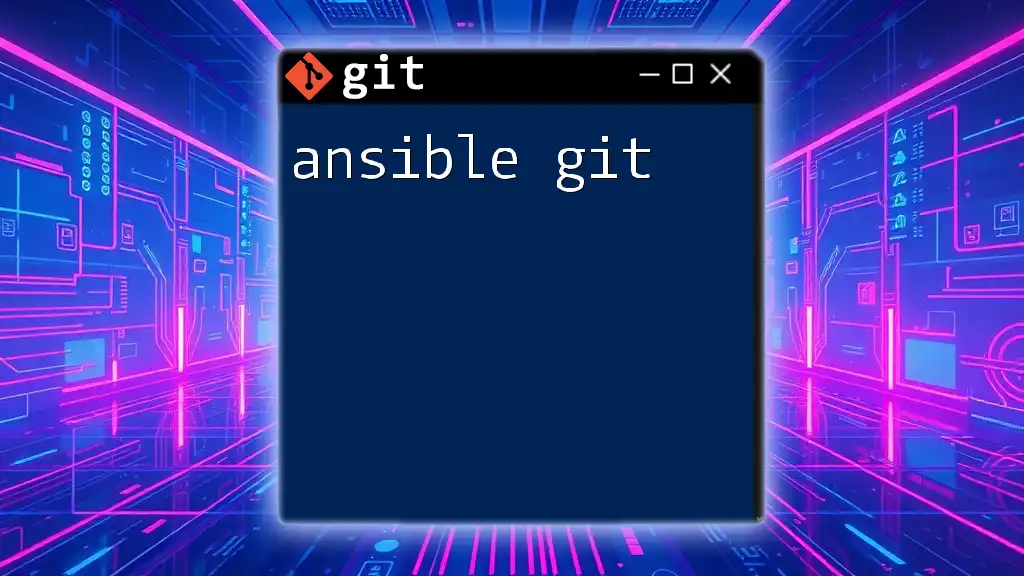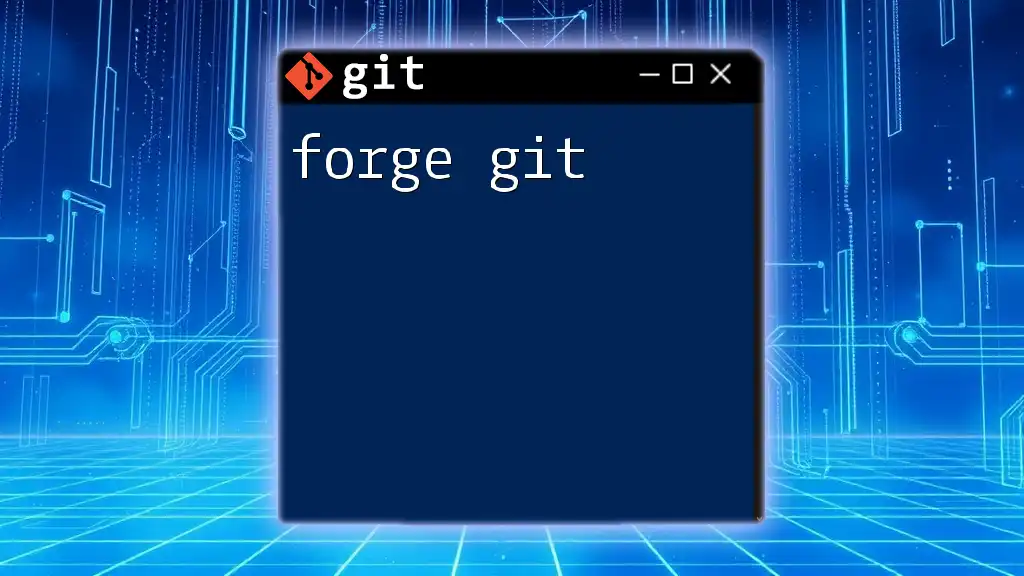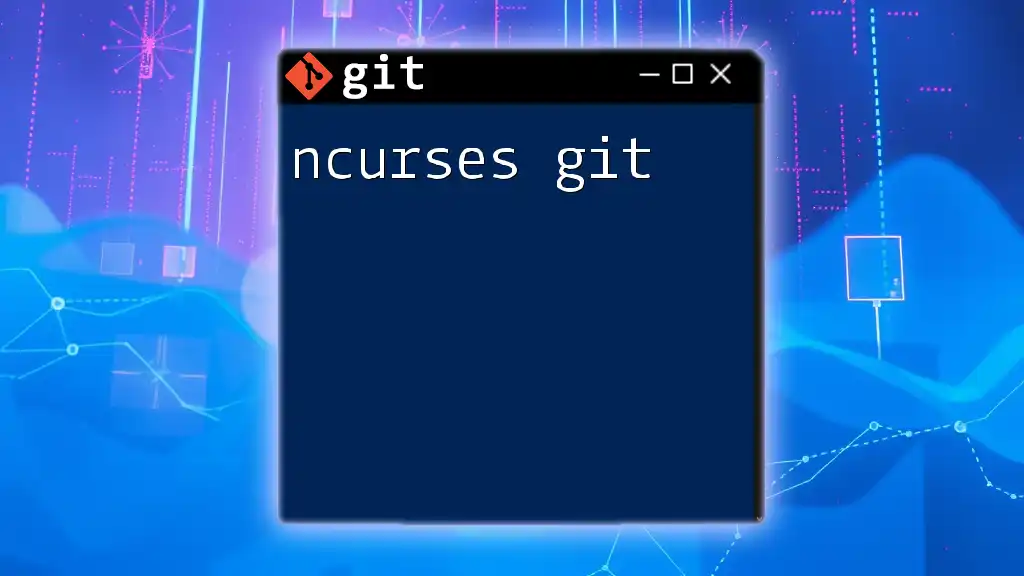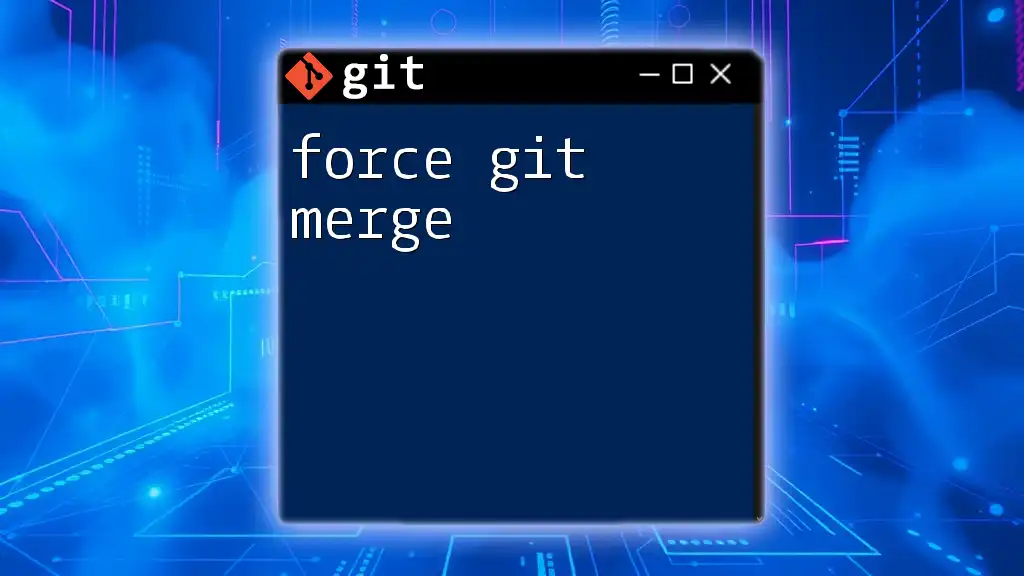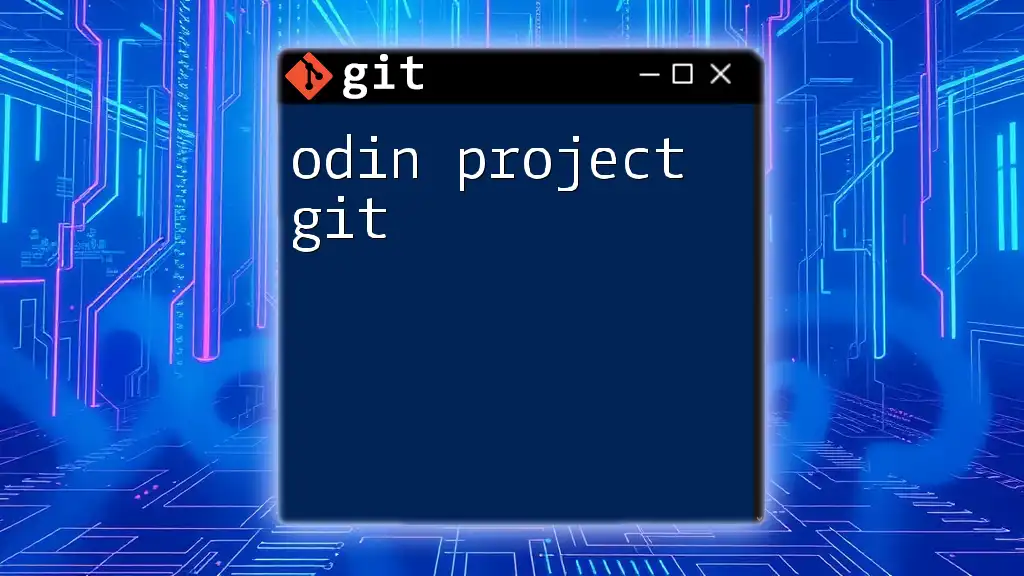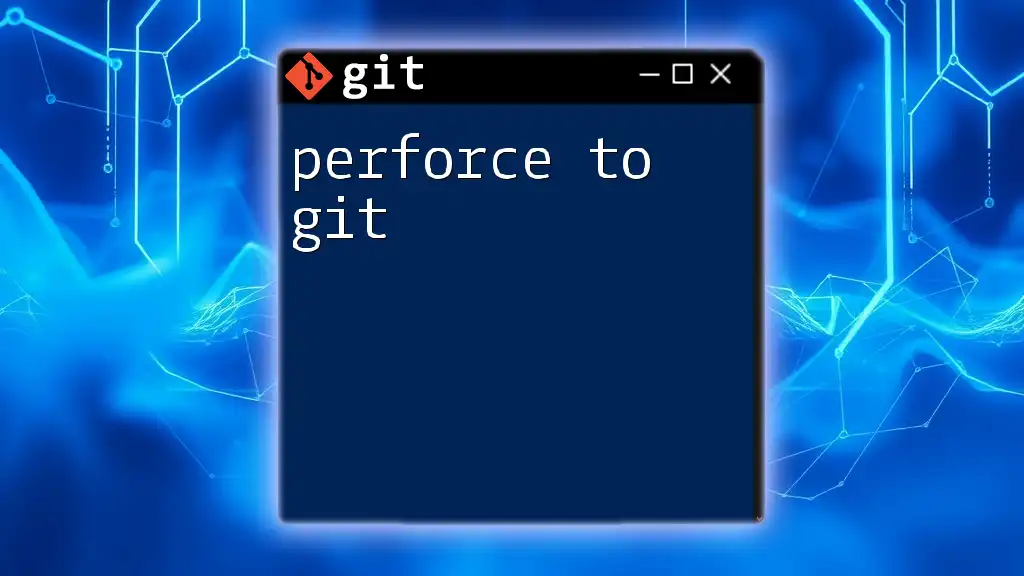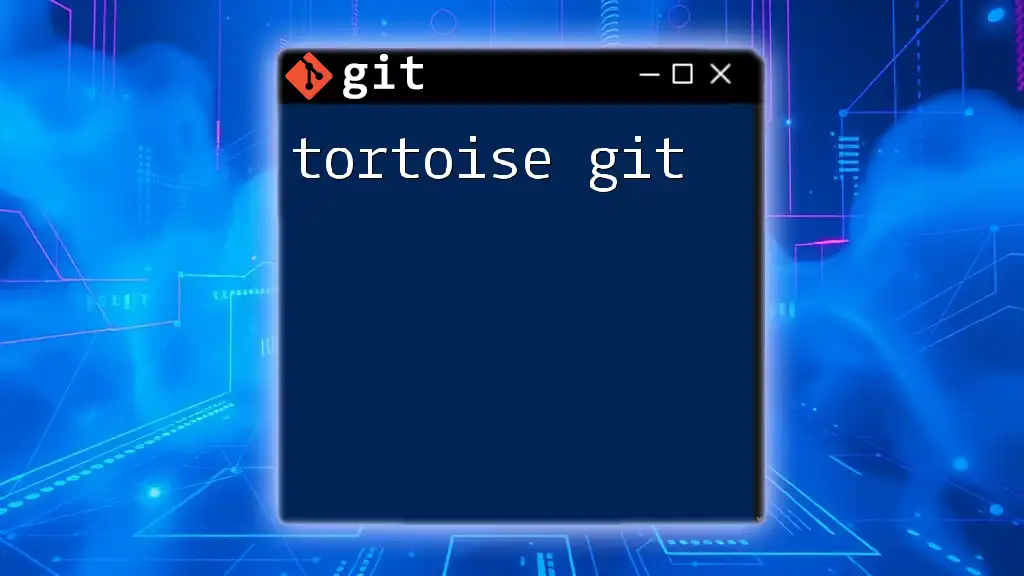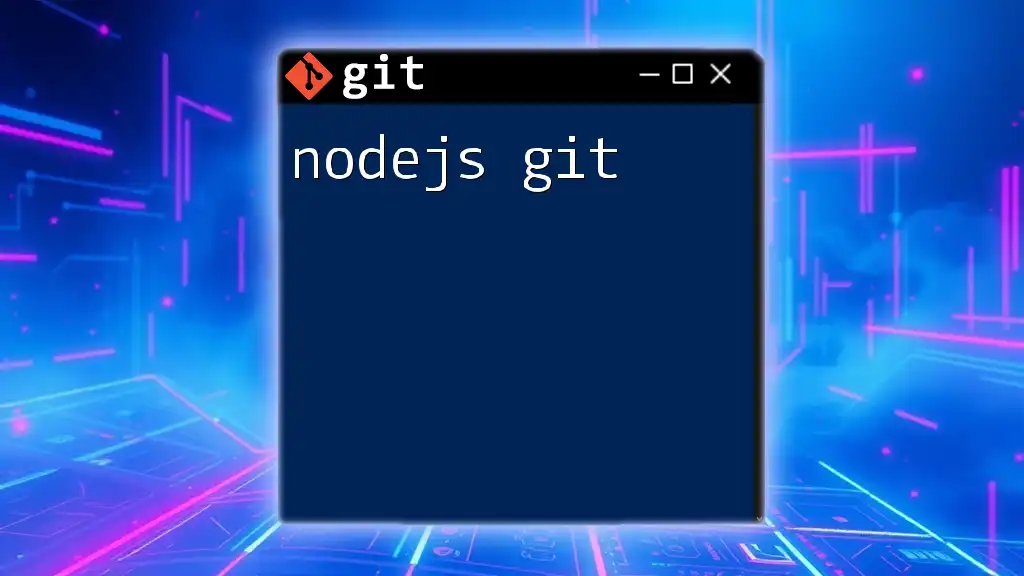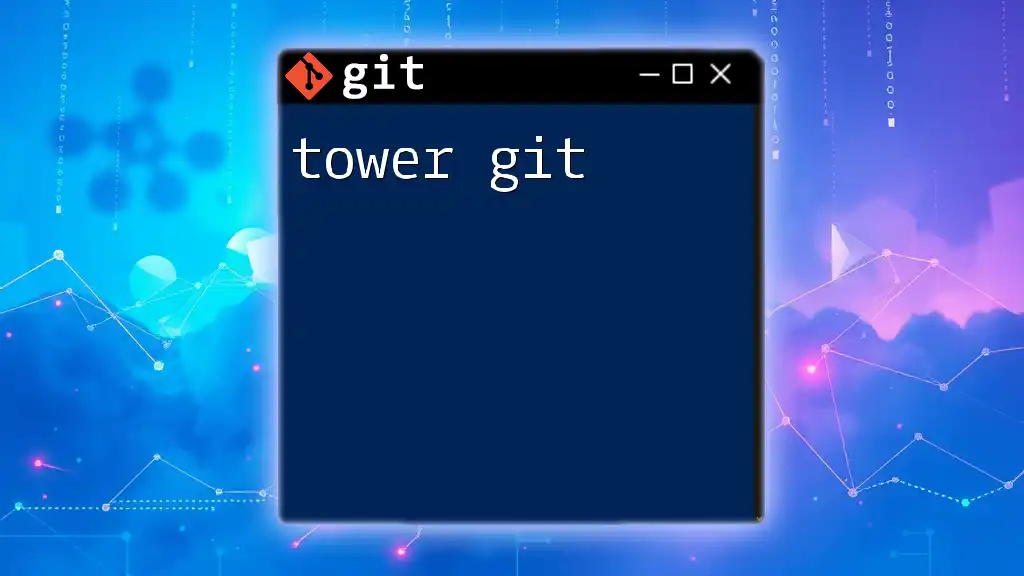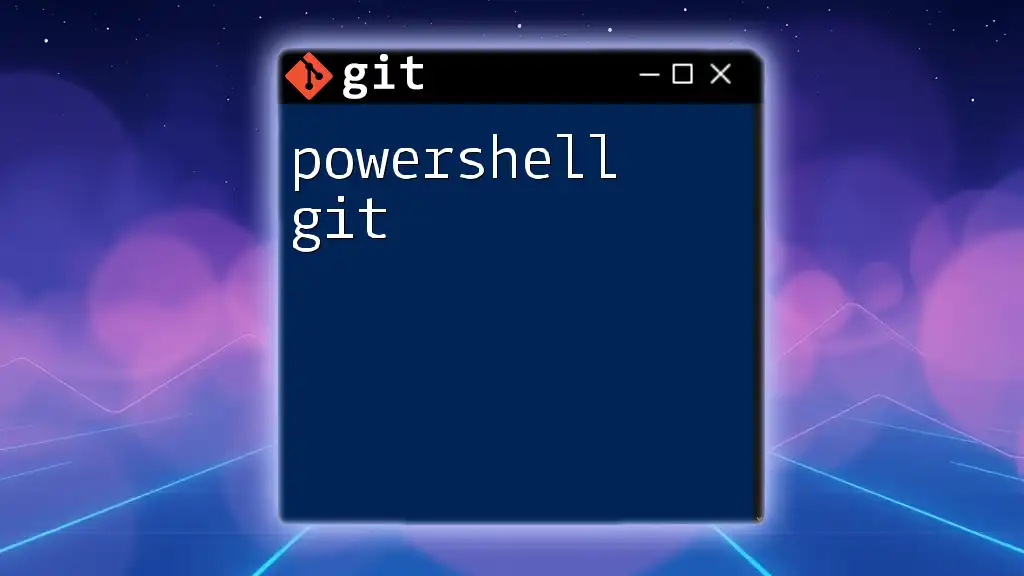Open source Git is a distributed version control system that allows developers to collaborate on projects, manage changes, and track their code efficiently in a transparent and community-driven environment.
git clone https://github.com/username/repository.git
What is Open Source Git?
Open source software refers to programs whose source code is available to the public, allowing anyone to study, modify, and distribute the software. This collaborative model encourages innovation and creativity, enabling developers worldwide to contribute to various projects. In the context of version control, Git is a pivotal tool that helps manage changes to source code over time, facilitating collaboration across teams and projects.
With its distributed nature, Git is particularly well-suited for open source development, as it allows multiple contributors to work on a project simultaneously without conflicting changes. Many significant projects, such as the Linux kernel and React, exemplify the open source Git model, demonstrating the power of community-driven development.
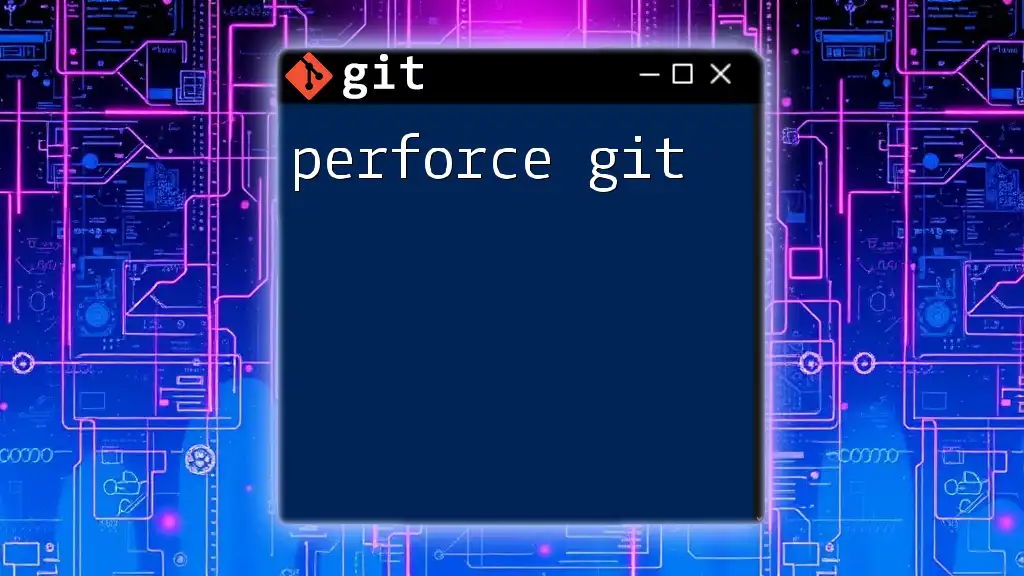
Getting Started with Open Source Git
Installing Git
To begin your journey with open source Git, you'll first need to install the Git software. Installation is straightforward and varies slightly depending on your operating system:
-
For Ubuntu/Linux, open the terminal and run:
sudo apt-get install git -
For Windows, if you use Chocolatey, simply run:
choco install git -
For macOS, you can use Homebrew:
brew install git
Configuring Git for Open Source Projects
Once you have installed Git, it's essential to configure it to ensure that your contributions are attributed correctly. You can set up your user name and email, which will be associated with your commits:
git config --global user.name "Your Name"
git config --global user.email "youremail@example.com"
Understanding Git Workflows
Git workflows define how teams use Git features and functions cooperatively. Key workflows include:
- Centralized Workflow: Focused on a central repository where all team members push and pull their changes.
- Feature Branch Workflow: Each feature or bug fix is developed in its own branch, allowing for easier isolation of changes.
- Gitflow: A more structured approach using multiple branches for different stages of development (e.g., master, develop).
Understanding these workflows will help you collaborate more efficiently on open source projects.
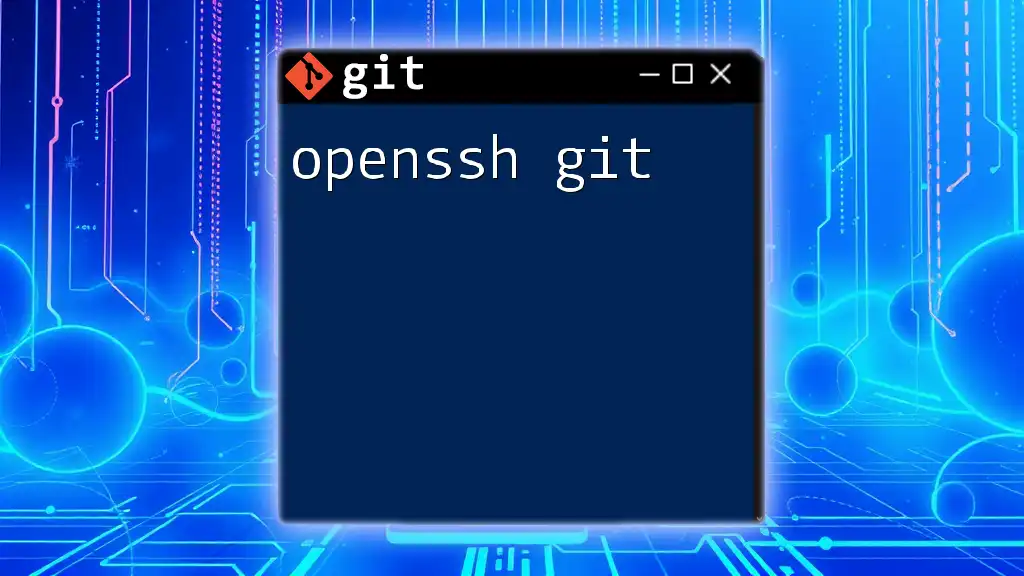
Contributing to Open Source Git Projects
Finding Open Source Projects
Discovering open source projects that resonate with your interests can be exhilarating. Resources such as GitHub, GitLab, and Bitbucket serve as excellent starting points. Open Source Guides also provide valuable insights on contributing to the community.
As you search, look for projects that align with your skills and passions. Explore issues labeled as "good first issue" or "help wanted" to find suitable entry points for contribution.
Forking and Cloning Repositories
When you find a project to contribute to, you’ll often fork it to create a personal copy where you can make changes. Cloning allows you to have a local copy on your machine. For example, to clone a repository, you would execute:
git clone https://github.com/owner/repo.git
Making Contributions
Once you have your local copy, you can start making contributions. Best practices recommend creating a new branch for your changes to keep your work organized:
git checkout -b my-feature-branch
When you are ready to record your changes, write clear and descriptive commit messages. Clear messages promote understanding among collaborators:
git commit -m "Add feature X that improves Y functionality"
Afterward, you can submit a pull request (PR) to the original repository, suggesting your changes for incorporation.
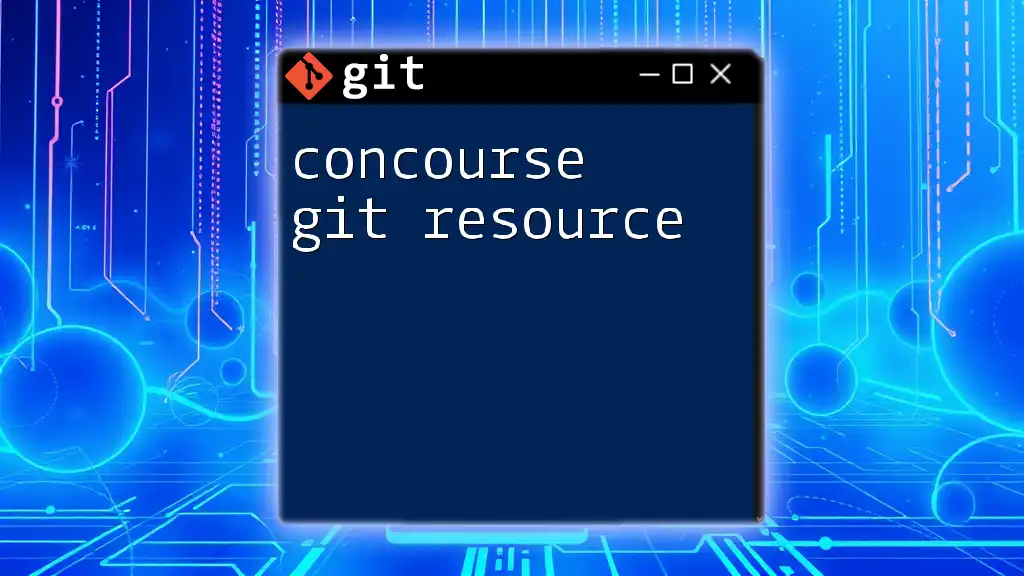
Best Practices for Open Source Git
Maintaining Clean Commit History
A clean commit history is crucial for any project. You can achieve a tidy history by choosing to rebase instead of merging when updating your branches. This practice simplifies the project's history and makes it easier to understand.
When rebasing, use:
git rebase main
If your branch has diverged, consider merging instead, but approach it with caution to avoid introducing complex commit histories.
Keeping Your Fork in Sync
As projects evolve, keeping your fork updated is essential. You can achieve this by fetching and merging upstream changes. First, add the original repository as an upstream remote:
git remote add upstream https://github.com/original/repo.git
Now fetch and merge the latest changes:
git fetch upstream
git merge upstream/main
Diplomacy in Contributions
Effective communication is vital when collaborating within open source environments. Join project discussions, ask for clarification when needed, and be receptive to feedback during code reviews. Treat maintainers and fellow contributors with respect, ensuring a harmonious collaborative environment.
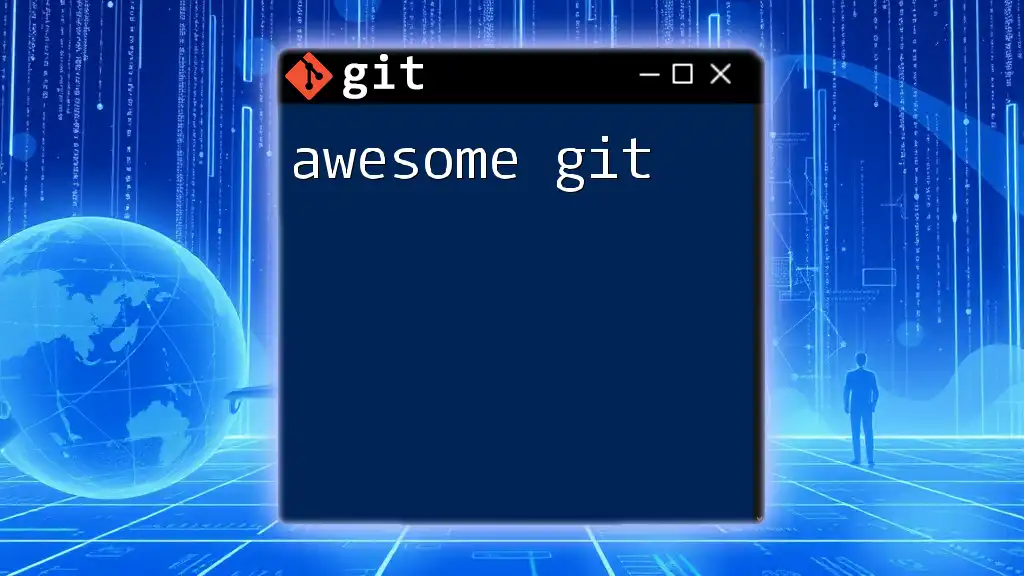
License Considerations
Understanding Open Source Licenses
Open source licenses are pivotal as they dictate how software can be used, modified, and shared. Familiarize yourself with common licenses like MIT, Apache 2.0, and GPL. Each offers different levels of freedom and restrictions when it comes to distribution and modification.
Choosing the Right License for Your Project
If you're developing your own open source project, carefully consider the licensing options available. Assessing the implications of each license ensures you're aligning with your values and goals while encouraging contributions from others.
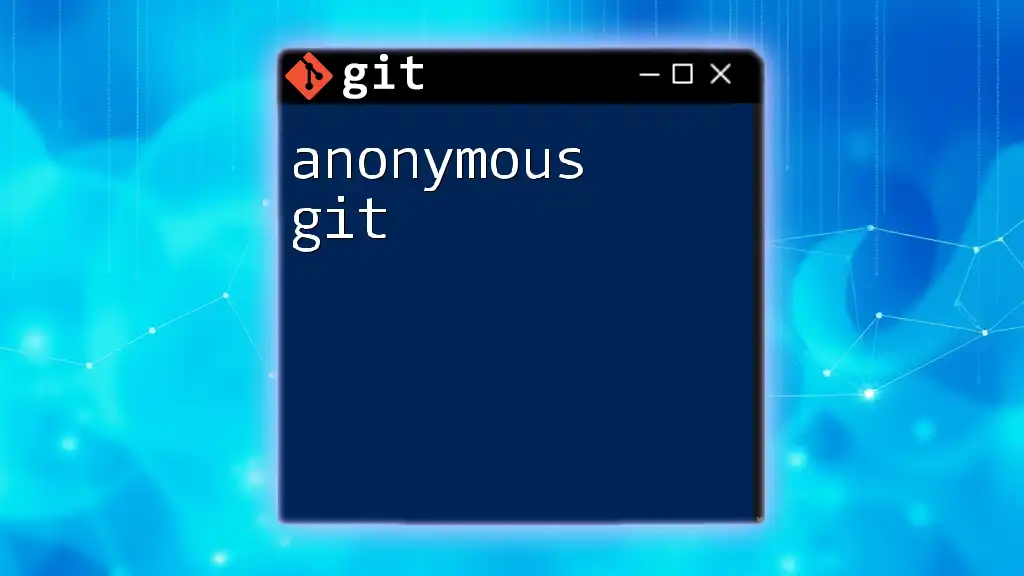
Advanced Techniques in Open Source Git
Using Branching Strategies
Branching strategies can significantly influence project organization and efficiency. For example, Gitflow incorporates specialized branches for features, releases, and hotfixes, enhancing clarity and team collaboration. Here’s a basic overview of how Gitflow works along with the command examples:
- Create a new feature branch:
git checkout -b feature/my-new-feature - Complete the feature:
git checkout develop git merge --no-ff feature/my-new-feature
Collaborating Using Pull Requests and Code Reviews
Pull Requests (PRs) encompass not only the proposed changes but also the opportunity for discussions and critiques among team members. Utilize GitHub Review or other tools to facilitate structured code review processes, ensuring high-quality contributions.
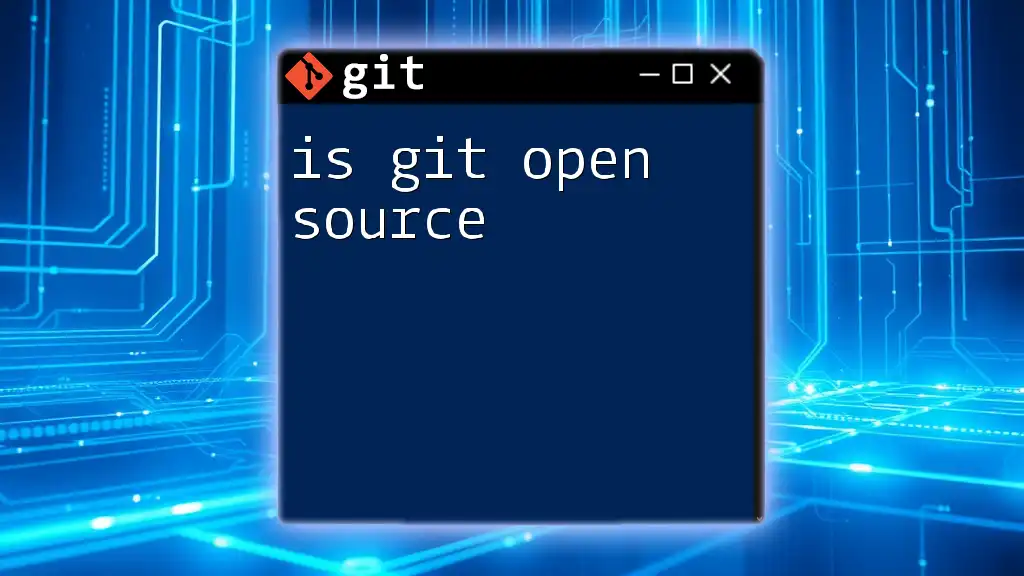
Conclusion
Understanding open source Git is more than merely grasping commands—it's about embracing a collaborative, community-driven mindset that promotes learning and sharing. As you delve deeper into your Git journey, remember the essence of contributing: make it easy for others to understand and build upon your work. Whether you are enhancing your own projects or contributing to existing ones, the open source community is a powerful platform for growth and innovation.
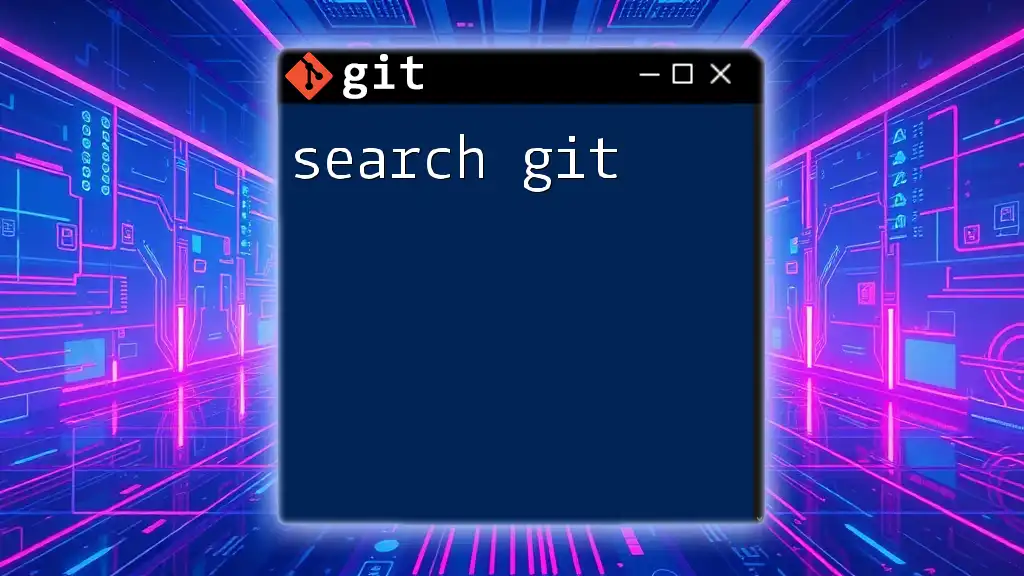
Additional Resources
- For more detailed insights and documentation, check the official Git documentation and community forums.
- Explore recommended reading and online courses that delve deeper into Git management and open source methodologies.
By embracing and practicing these principles, you will not only enhance your own skills but also contribute to the vibrant ecosystem of open source development.

